

kodama9
gamer level 7
18785 xp
18785 xp
followers
11
11
Use my invite URL to register (this will give me kudos)
https://boardgaming.com/register/?invited_by=kodama9
profile badges




recent achievements

Rated 100 Games
Rate 100 games you have played.
Rate 100 games you have played.

Tomahawk
Explore select games by completing a series of exploration actions. learn more »
Explore select games by completing a series of exploration actions. learn more »

The Silver Heart
Give 10 Silver Hearts to games that you fancy.
Give 10 Silver Hearts to games that you fancy.

Time Well Spent - Profiles
Click on the hourglass 100 times that appears when you are browsing Profile pages. learn more >
Click on the hourglass 100 times that appears when you are browsing Profile pages. learn more >
Player Stats
Critic (lvl 2)
425 xp
425 xp
Explorer (lvl 3)
1215 xp
1215 xp
Professor (lvl 2)
670 xp
670 xp
Reporter (lvl 1)
236 xp
236 xp
About Me
Most of my gaming takes place in a 2 player environment. Have played MTG for years with Carcassonne being my gateway into the Euro and more serious board games. Really loving games by Vlaada Chvatil. Try to pay attention to and play games of all types.
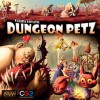


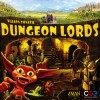
















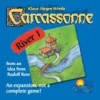










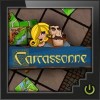





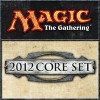

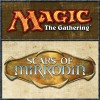
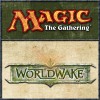
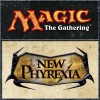
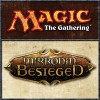
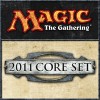
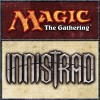
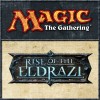
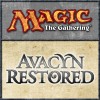
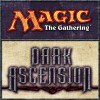




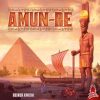

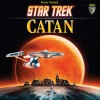






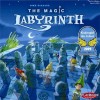

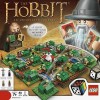



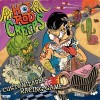

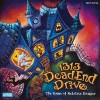
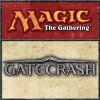
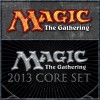
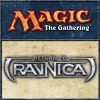


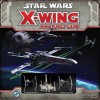













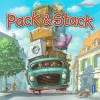




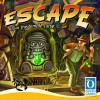

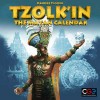

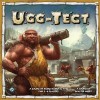
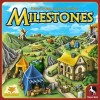

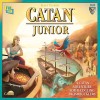


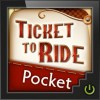

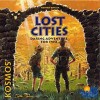




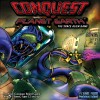
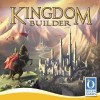

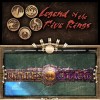




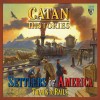

Mesopotamia
Overview:
Players choose a color (red, yellow, blue, green) and represent an ancient Mesopotamian tribe trying to earn the favor of the deity, Marduk. Players will be erecting huts, building holy places, adding to the temple, collecting resources, exploring new lands, partaking in baby making, and offering goods to Marduk. The first player to get all of their offering tokens to the temple wins.
Game Play:
At the beginning of the game, players set up what the starting board will be, with the temple space, beginning resources, and starting locations for players’ pieces. Each player starts with one hut and three tribe pieces on the board. In each players’ reserve, they will have 5 tribes, 4 huts, 3 holy place markers, and their 4 offering tokens. Players also set their mana scales to their starting positions. During a players turn, they will move their tribe, conduct actions, and gain mana. Each player can move their tribe a total of 5 tiles, dividing these spaces among any number of tribe pieces. The only tiles tribes cannot move onto or through are volcano tiles. As tribes move, they can pick up and carry resources (wood from forest tiles, stone from quarry tiles), steal resources from an opposing tribe, help build the temple by bringing stone to the temple tile, make an offering by bringing an offering token to the temple, and discover new lands. Picking up and stealing resources is simple with you placing the wood or stone on top of your tribe and moving on your way. When you help build the temple you get one mana and the maximum mana you can have goes up by one. When you make an offering, you flip the token over and have to pay the amount of mana shown on it (2, 4, 6, or 7). If you can’t pay the required mana, you don’t make the offering and return their tribe to a tile adjacent to the temple. When your tribe goes to move off of the existing tiles, they discover new lands by flipping over a tile from a face-down stack (much like Wrede’s other game, Carcassonne). After moving, players can conduct one of the following actions; build a hut, erect a holy place, make a baby, or draw one card. Huts can only be built on plains tiles, and require two tribe pieces and a piece of wood to be present on the same tile. After the hut is constructed, the player takes one of their offering tokens at random and places it under the hut to possibly be picked up later by one of their tribe. Holy sites also can only be built on plains tiles. These require stone instead of wood but still need two tribe pieces on the same tile. Once finished, tribe pieces can stop at holy places so that players gain mana. So players have access to more tribe pieces to move around the board and conduct tasks, players can get a couple of existing tribe pieces together at a hut and make a baby. You can even do this with multiple pairs of tribe pieces at a single hut (must be some sort of inn). The new tribe is place on the same tile where its parents conceived and can be used on later turns. The last option of drawing a card is self explanatory. Cards grant players a number of benefits, some of which are having twins when growing their population, taking mana from an opponent, or peeking at and changing new tiles when discovering new lands. Play will continue with players moving their tribes, collecting resources, and conducting necessary actions until one player has delivered all of the offering tokens. The first to deliver all offerings wins the game and the blessing of glorious Marduk.
My Thoughts:
I really enjoy Wrede’s games (especially Carcassonne). The random flipping of face-down tiles from a stack to form the board makes no two games alike. With their being a lot of options and actions that players can take during their turn, players strategies will be different each game and will evolve as gameplay unfolds. The number of things going on is hard to wrap ones head around at first and frequent checks to the rules will be made during your first play through or two but for the most part they are fairly intuitive and logical. I’d never heard about this game until I stumbled upon it, and I am glad that I picked it up when I did.
Pros:
~Large amount of replay since new tiles are drawn at random and the cards you draw during play will affect your decisions.
~The components are great. Real wood and real stones are used for the resources. Nice thick tiles with good art.
~After you remember all of the stuff you can do on your turn, it’s easy to play.
Cons:
~Doesn’t do anything new or original. Uses a combination of mechanics that are, by themselves, done better in other games
~A bit pricey, although the components are great. I luckily picked this up on the cheap at GenCon.
Overall:
I do really like this game. It plays well and has a historic theme I really like. When I opened the box and saw real rocks for the stone resources I was amazed. The rules are not difficult and the gameplay leads itself to many different strategies.